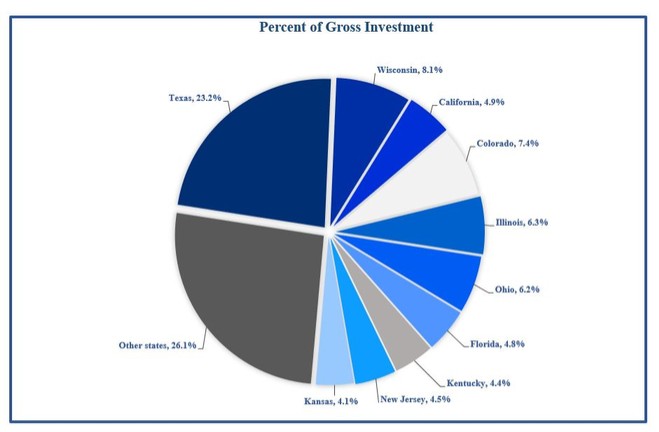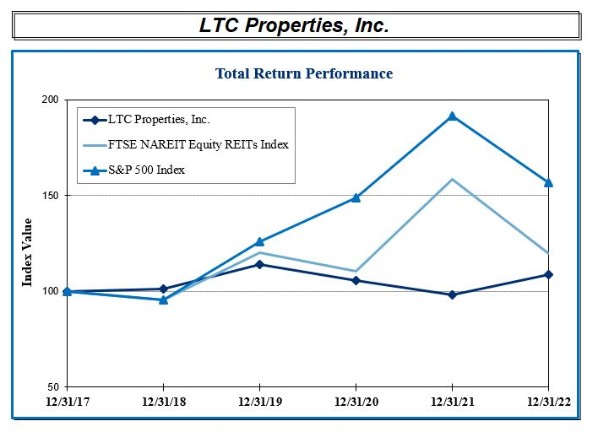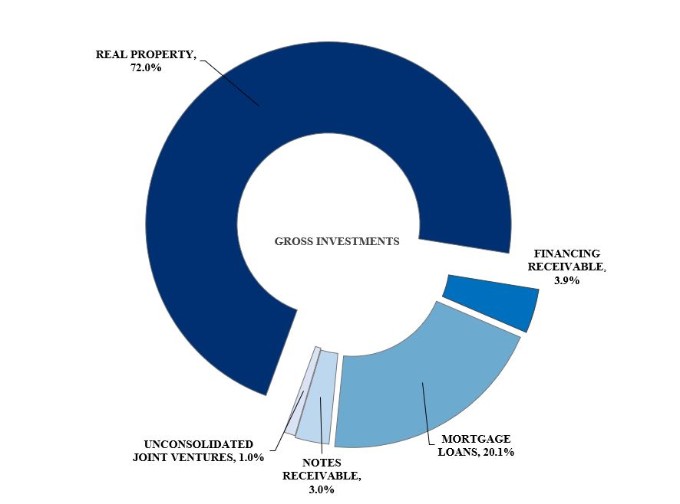passage of the Consolidated Appropriations Act, 2021.
On June 11, 2021, HHS issued revised reporting requirements for recipients of Provider Relief Fund payments. The announcement included expanding the amount of time providers would have to report information, aimed to reduce burdens on smaller providers, and extended key deadlines for expending Provider Relief Fund payments for recipients who received payments after June 30, 2020. The revised reporting requirements are applicable to providers who received one or more payments exceeding, in the aggregate, $10,000 during a single Payment Received Period from the PRF General Distributions, Targeted Distributions, and/or Skilled Nursing Facility and Nursing Home Infection Control Distributions. On July 1, 2021, HHS, through the Health Resources and Services Administration (“HRSA”), notified recipients of Provider Relief Fund payments by e-mail that the Provider Relief Fund Reporting Portal was open for recipients who were required to report on the use of funds in Reporting Period 1, as described by HHS’s June 11, 2021 update to the reporting requirements. On September 10, 2021, HHS announced a final 60-day grace period of the September 30, 2021 reporting deadline for Provider Relief Funds exceeding $10,000 in aggregate payments received from April 10, 2020 to June 30, 2020. Although the September 30, 2021 reporting deadline remained in place, HHS explained that recoupment or other enforcement actions would not be initiated during the 60-day grace period, which began on October 1, 2021 and ended on November 30, 2021.
Reporting Period 2, for providers who received one or more payments exceeding $10,000, in the aggregate, from July 1, 2020, to December 31, 2020, was from January 1, 2022, to March 31, 2022. Reporting Period 3, for providers who received one or more payments exceeding $10,000, in the aggregate, from January 1, 2021, to June 30, 2021, was from July 1, 2022, to September 30, 2022. Reporting Period 4, for providers who received one or more payments exceeding $10,000, in the aggregate, from July 1, 2021, to December 31, 2021, opened on January 1, 2023, and extends to March 31, 2023. Reporting Period 5, for providers who received one or more payments exceeding $10,000, in the aggregate, from January 1, 2022, to June 30, 2022, opens on July 1, 2023.
On September 10, 2021, the Biden Administration announced $25.5 billion in new funding for health care providers affected by the COVID-19 pandemic, including $8.5 billion in American Rescue Plan (“ARP”) resources for providers who serve rural Medicaid, CHIP, or Medicare patients, and an additional $17 billion for Phase 4 Provider Relief Funds for a broad range of providers who could document revenue loss and expenses associated with the pandemic, including assisted living facilities that were state-licensed/certified on or before December 31, 2020. Approximately 25% of the Phase 4 allocation was for bonus payments based on the amount and type of services provided to Medicaid, CHIP, and Medicare beneficiaries from January 1, 2019 through September 30, 2020. On December 14, 2021, HHS announced the distribution of approximately $9 billion in Provider Relief Fund Phase 4 payments to health care providers who have experienced revenue losses and expenses related to the COVID-19 pandemic. Further, on January 25, 2022, HHS announced that it would be making more than $2 billion in Provider Relief Fund Phase 4 General Distribution payments to more than 7,600 providers across the country that same week. On March 22, 2022, HHS announced more than $413 million in Provider Relief Fund Phase 4 payments to more than 3,600 providers across the country. On April 13, 2022, HRSA announced the disbursement of more than $1.75 billion in Provider Relief Fund payments to 3,680 providers across the country.
Following prior legislation in 2021 suspending sequestration, on December 10, 2021, President Biden signed the Protecting Medicare and American Farmers from Sequester Cuts Act, which suspended the Medicare 2% sequestration reduction through March 31, 2022, and then reduced the sequestration cuts to 1% from April through June 2022. As of July 1, 2022, cuts of 2% were re-imposed.
CMS also has implemented a variety of Medicare bundled payment programs that seek to promote greater care coordination and more efficient use of resources. Certain of these models, such as the Medicare Comprehensive Care for Joint Replacement and Bundled Payments for Care Improvement Advanced models, have impacted post-acute care, including skilled nursing facility services. There can be no assurances that new Medicare payment models will not adversely affect revenues of our skilled nursing center borrowers and lessees and thereby adversely affect those borrowers’ and lessees’ abilities to make their debt or lease payments to us.
Moreover, health care facilities continue to experience pressures from private payors attempting to control costs; reimbursement from private payors has in some cases fallen relative to government payors. Governmental and public concern regarding health care costs may result in significant reductions in payment to health care facilities, and



